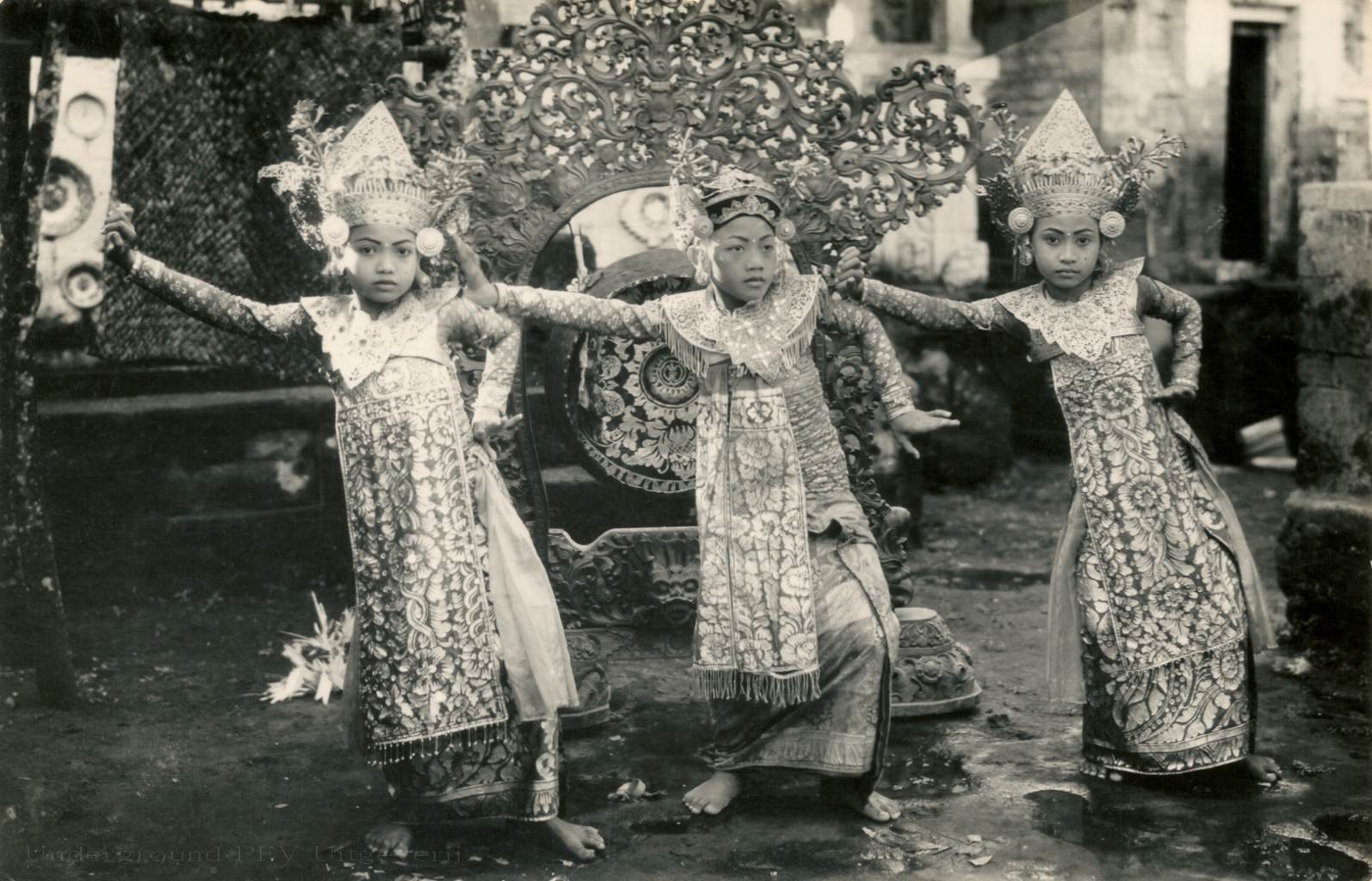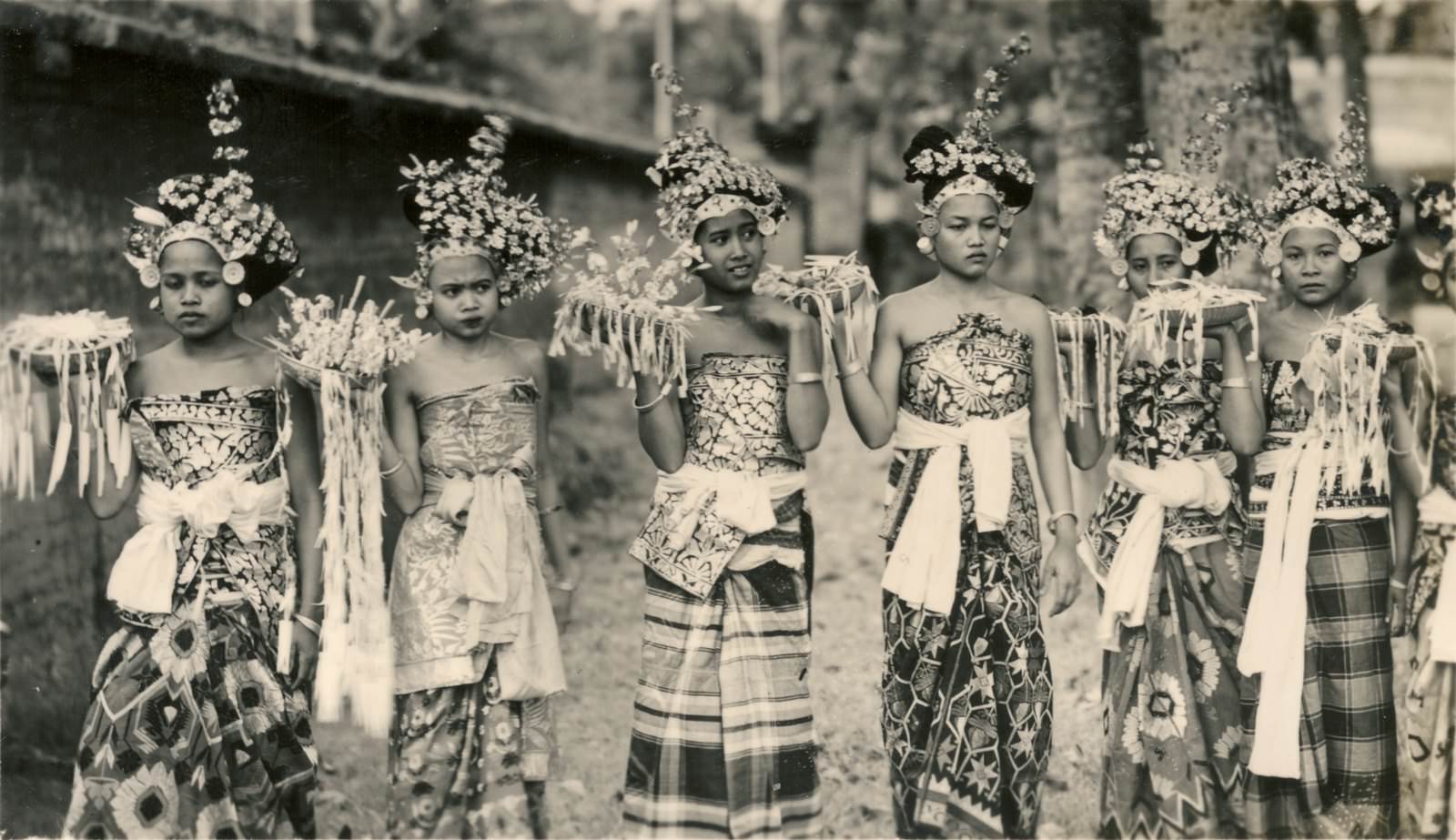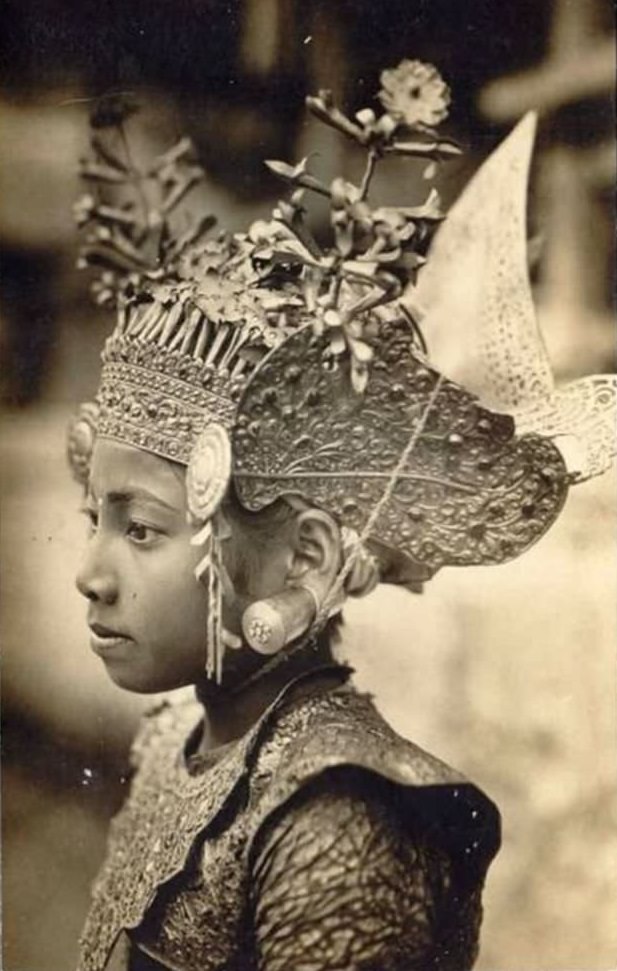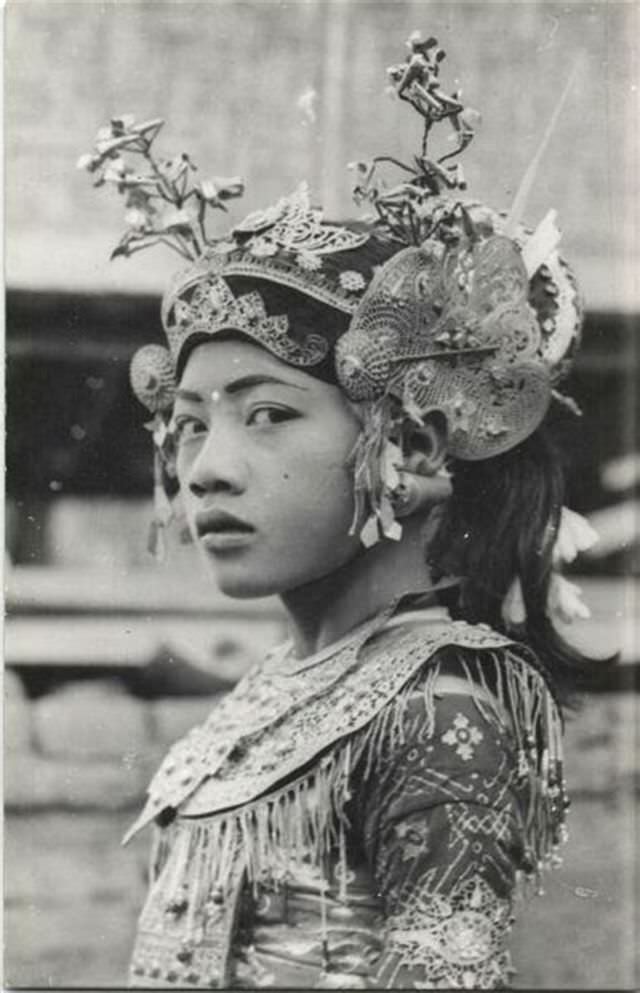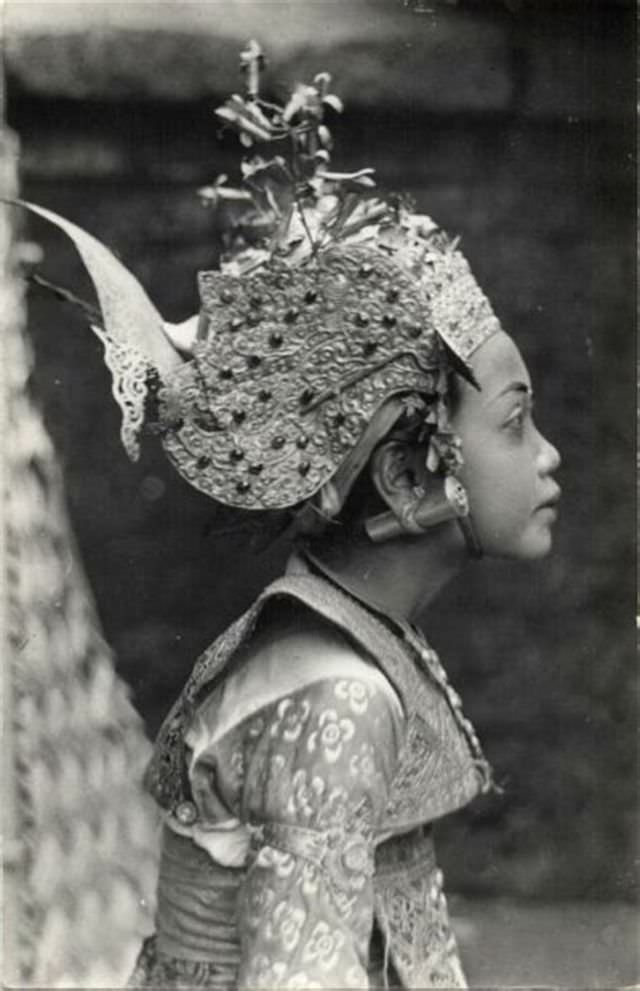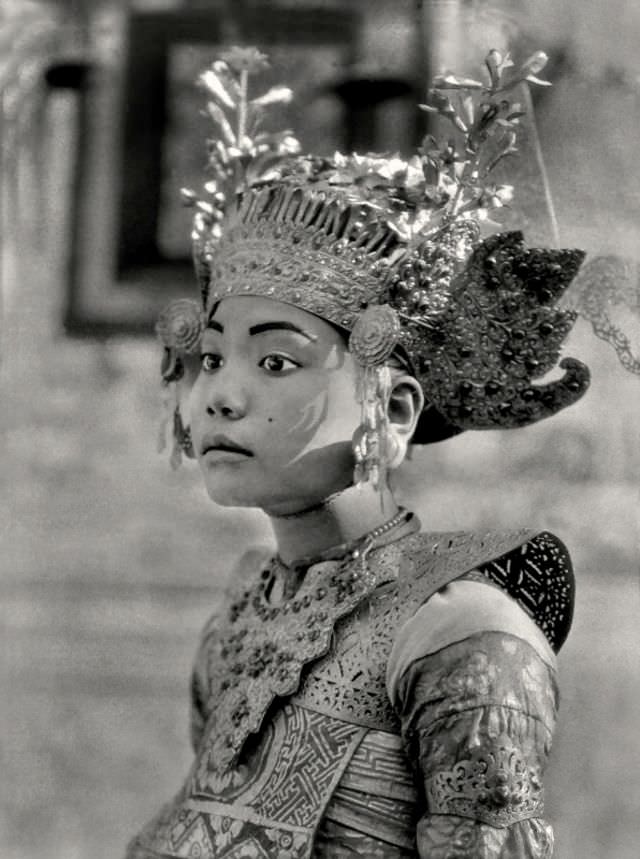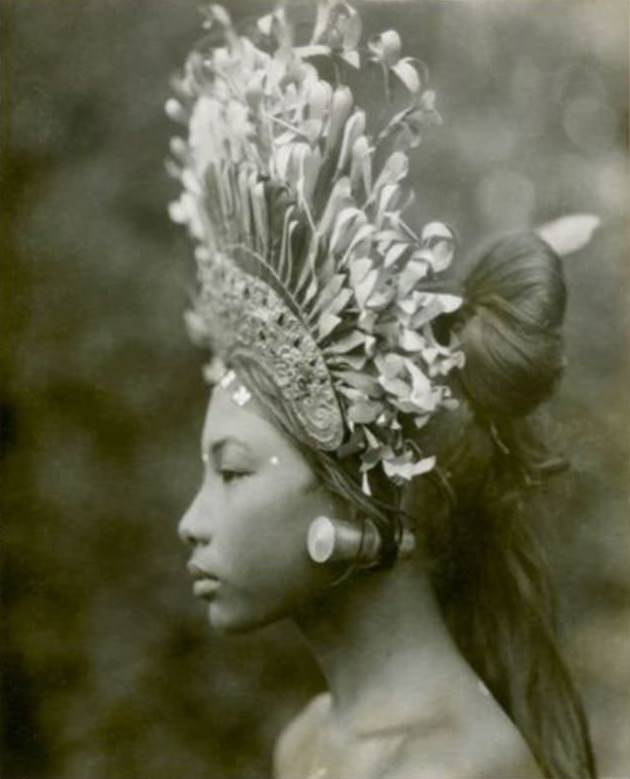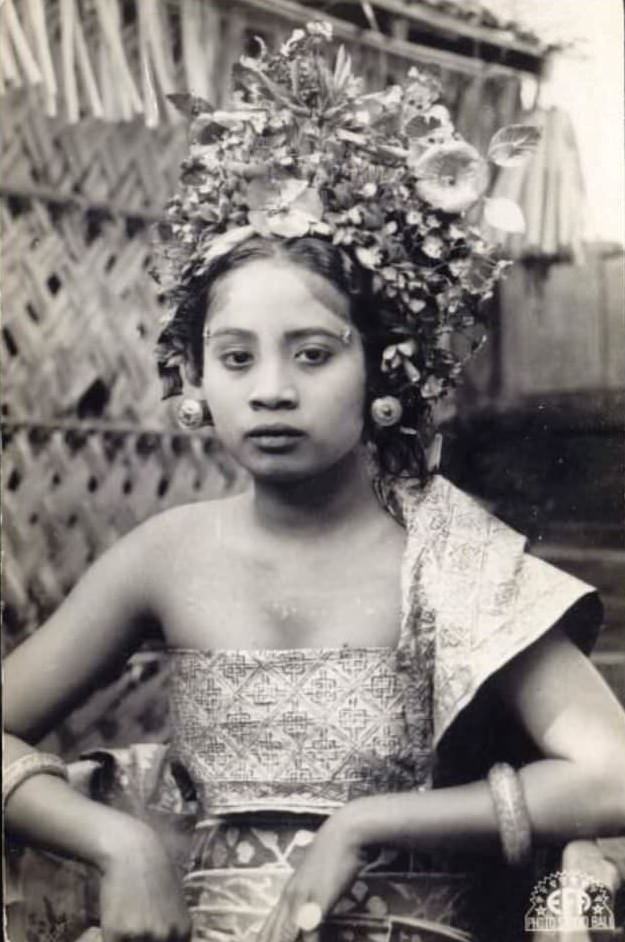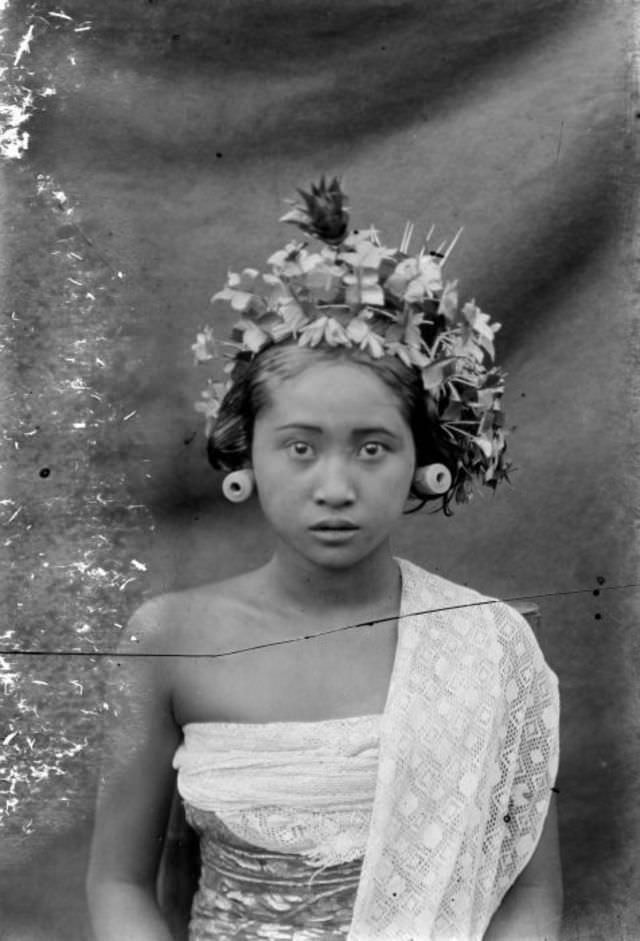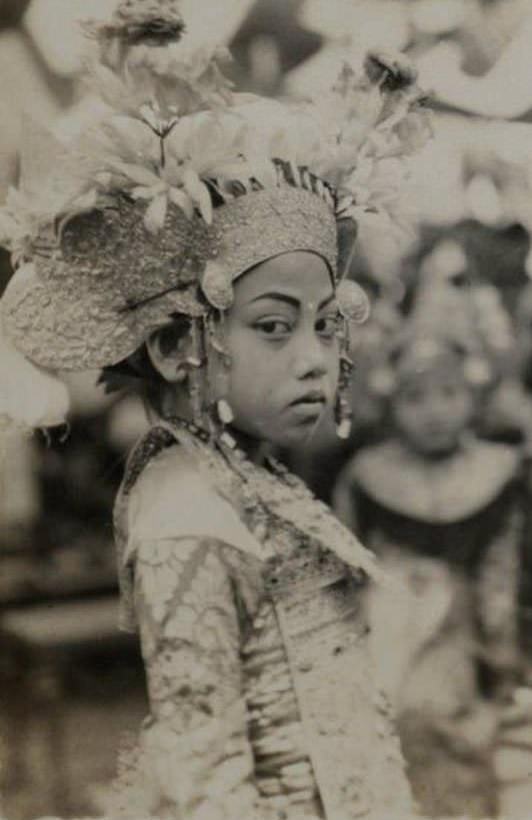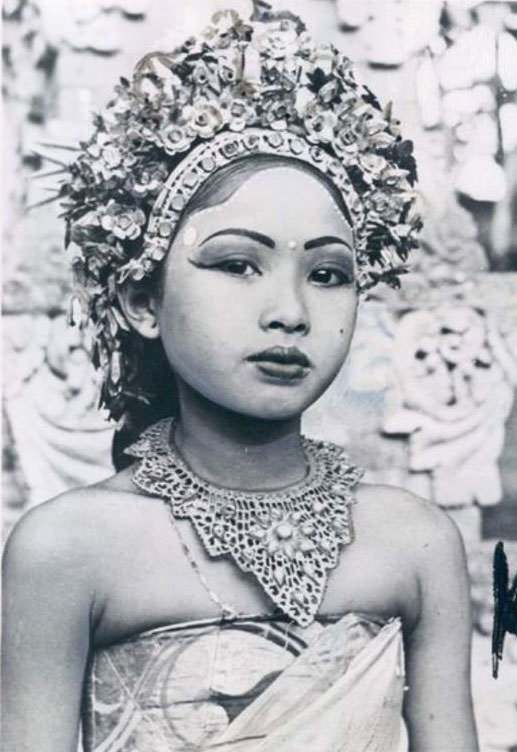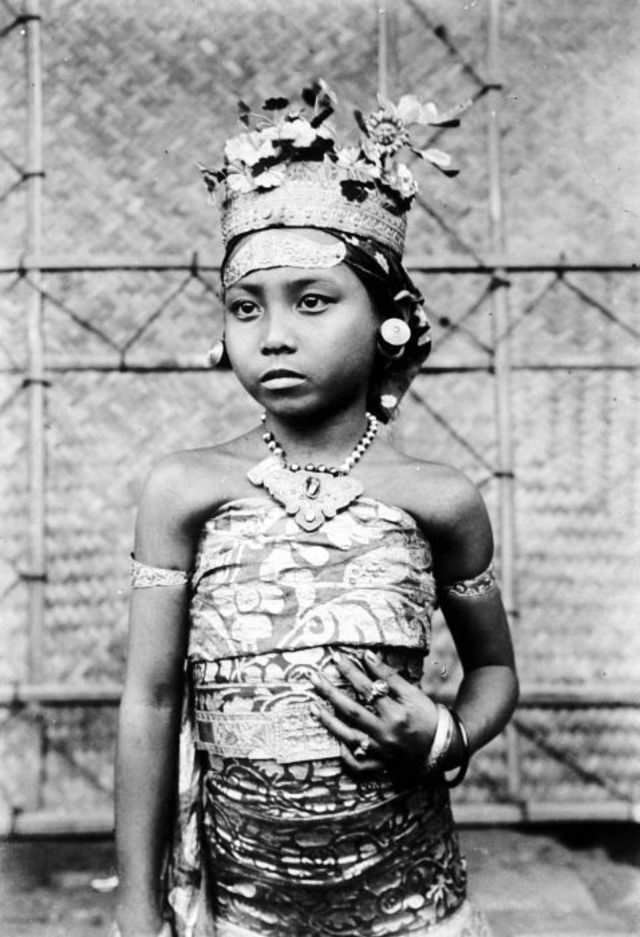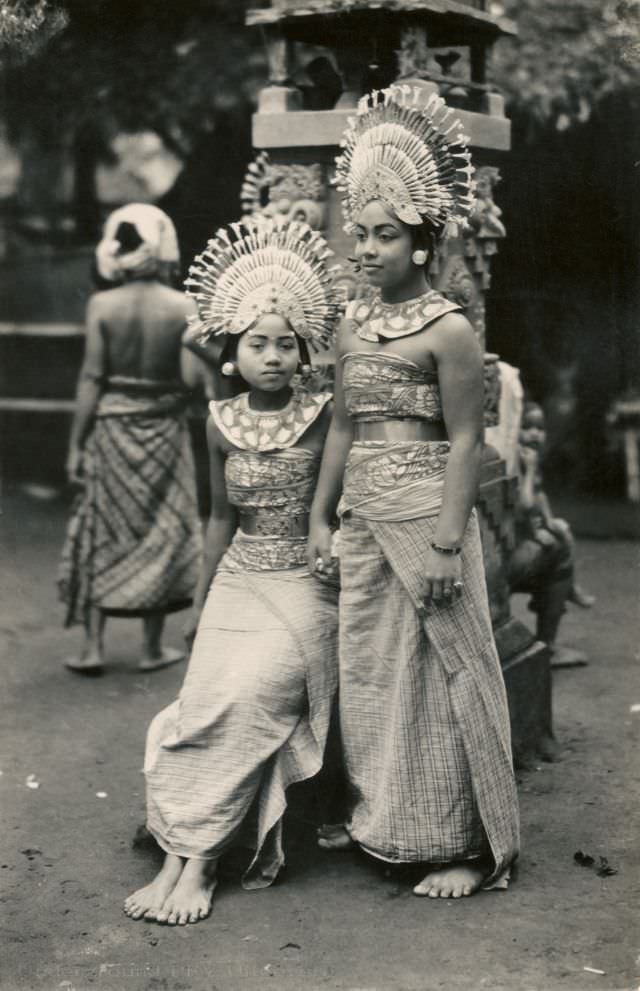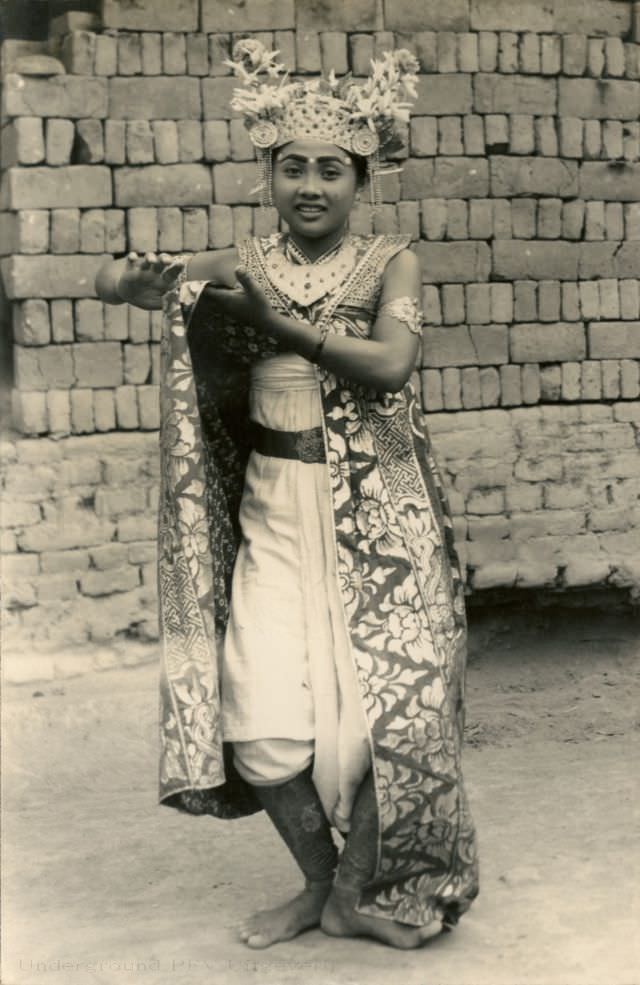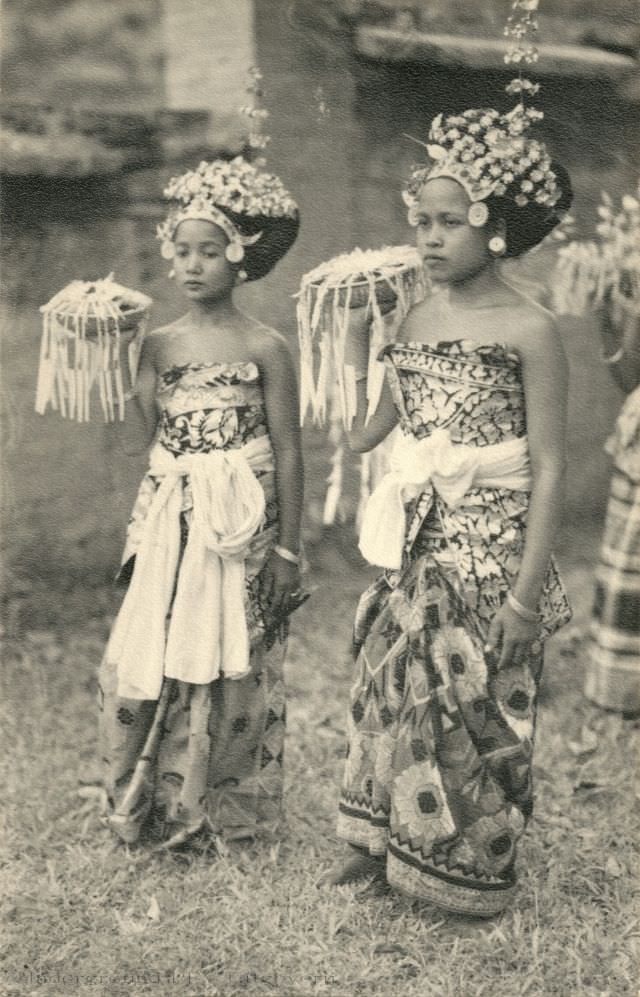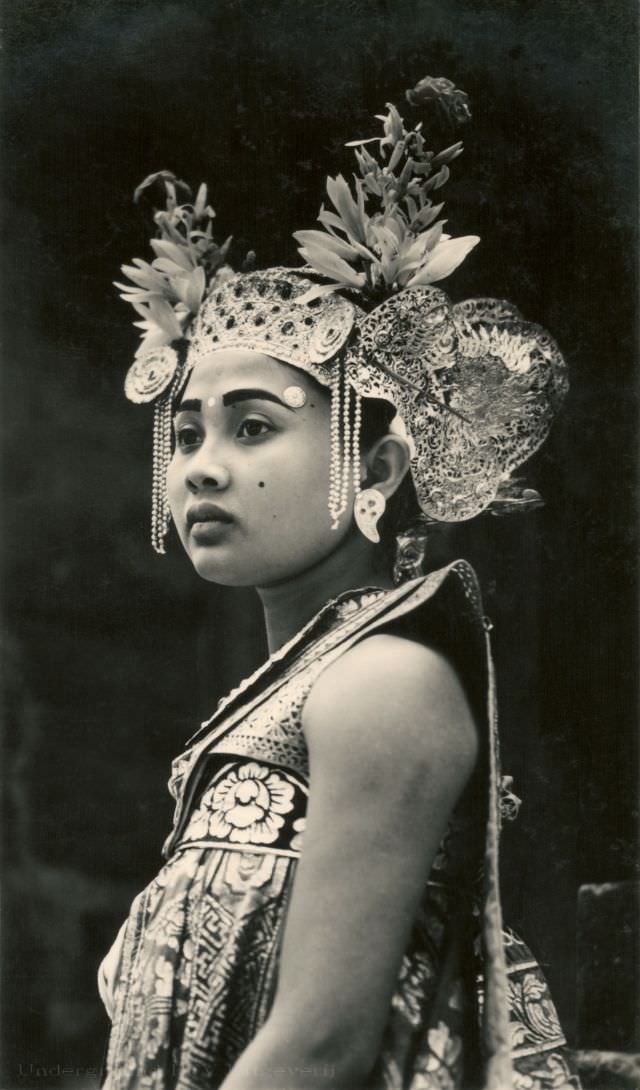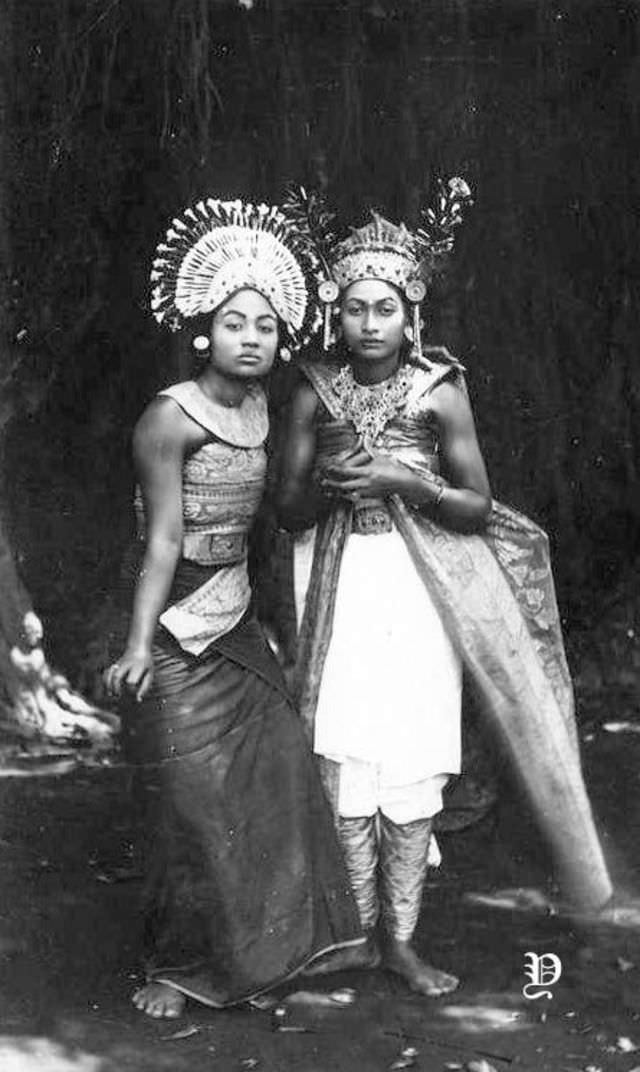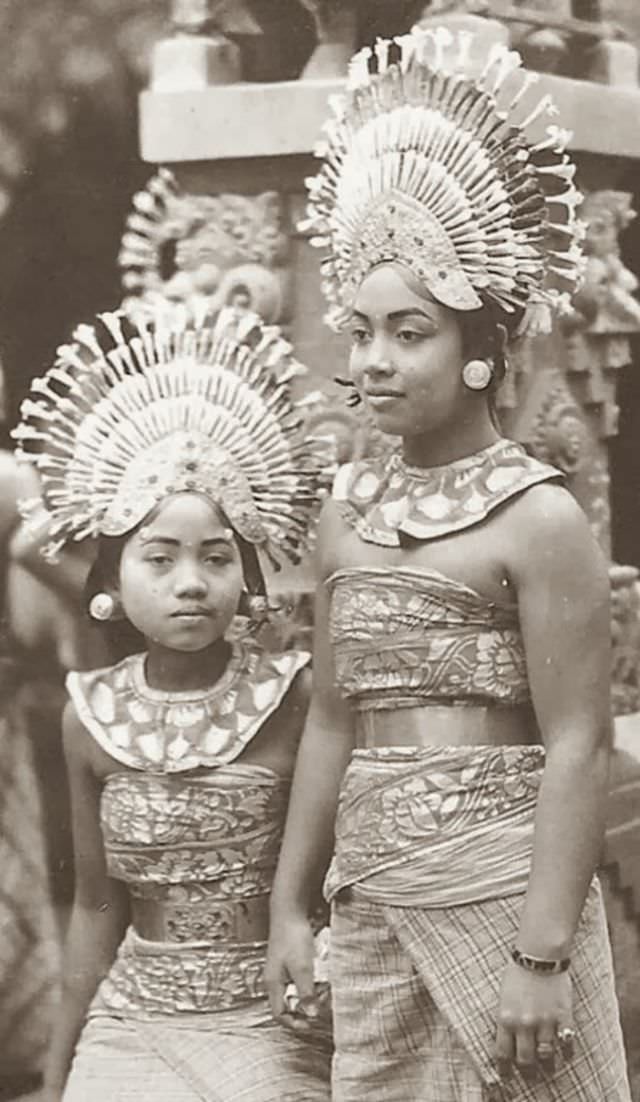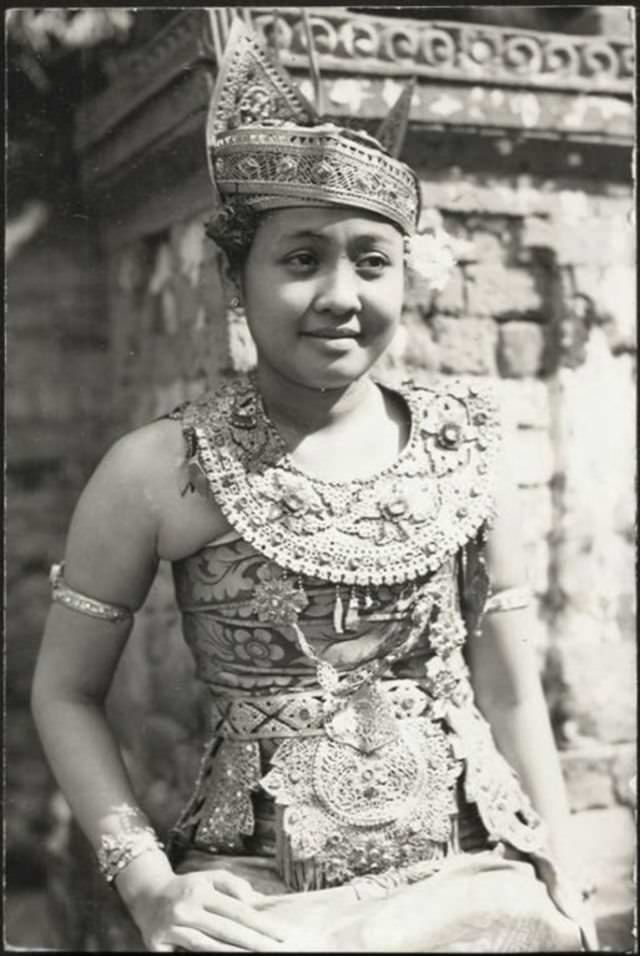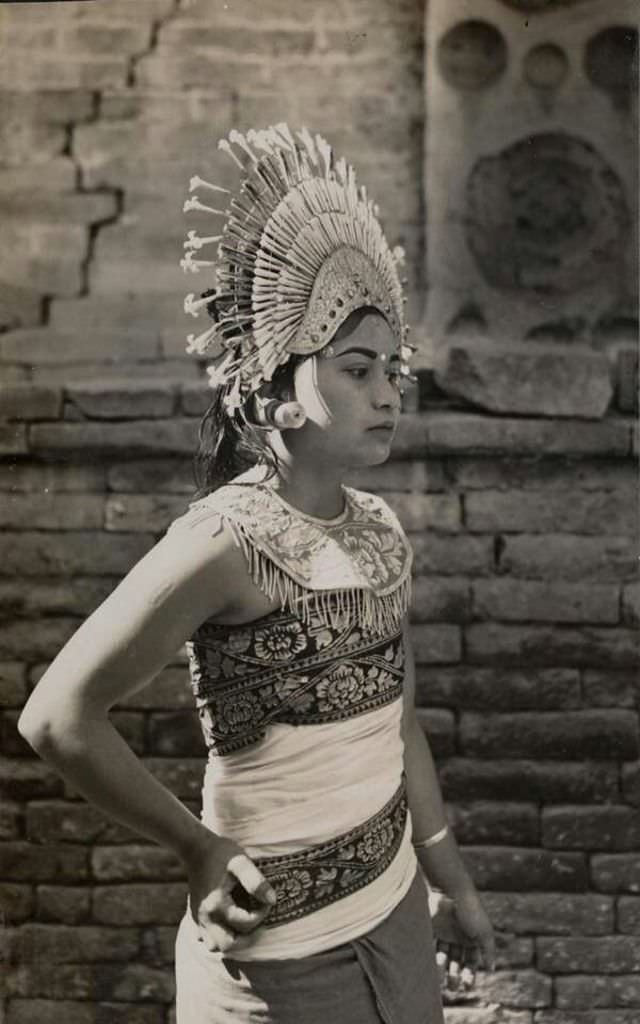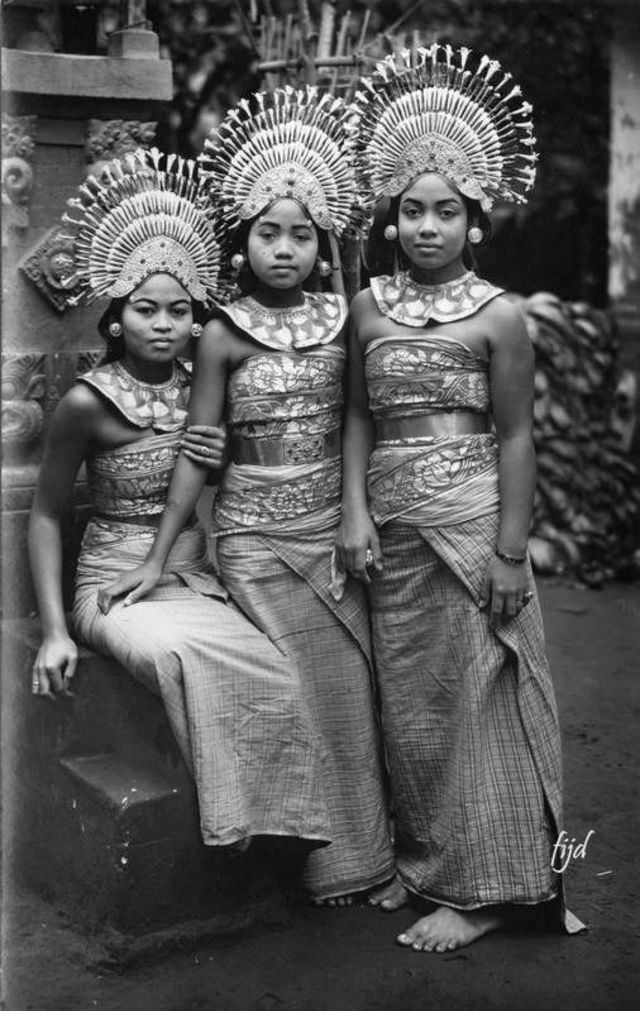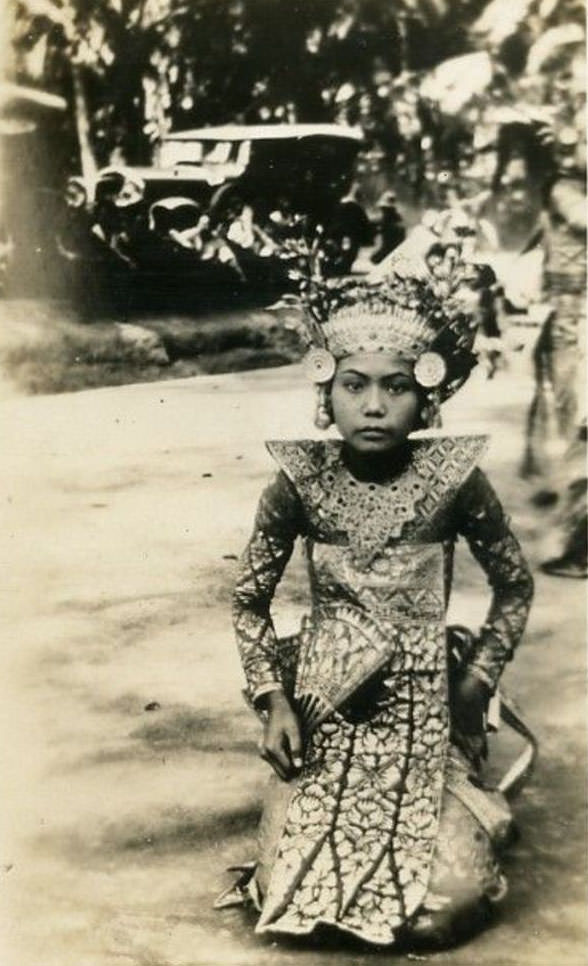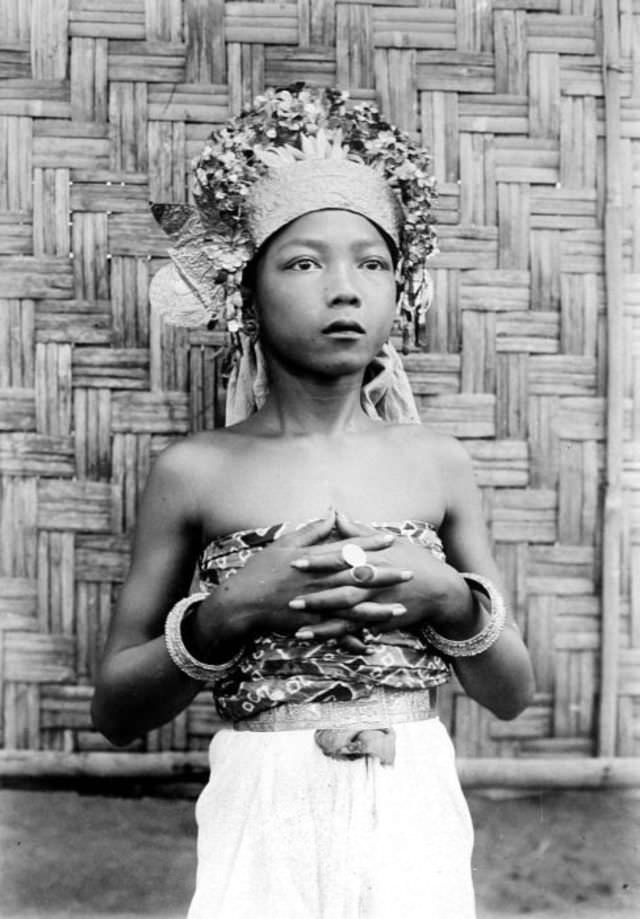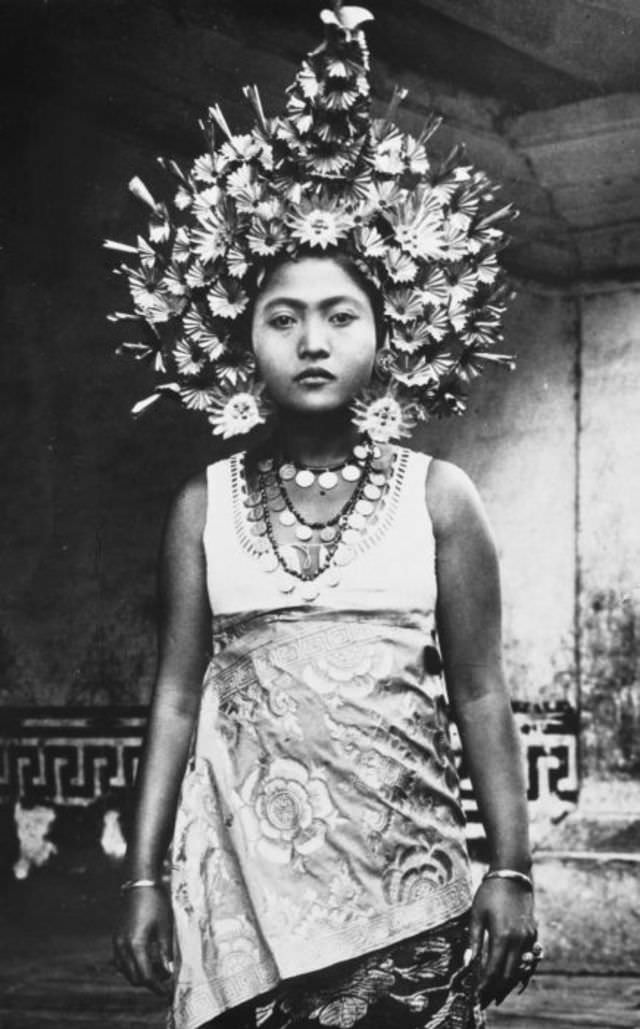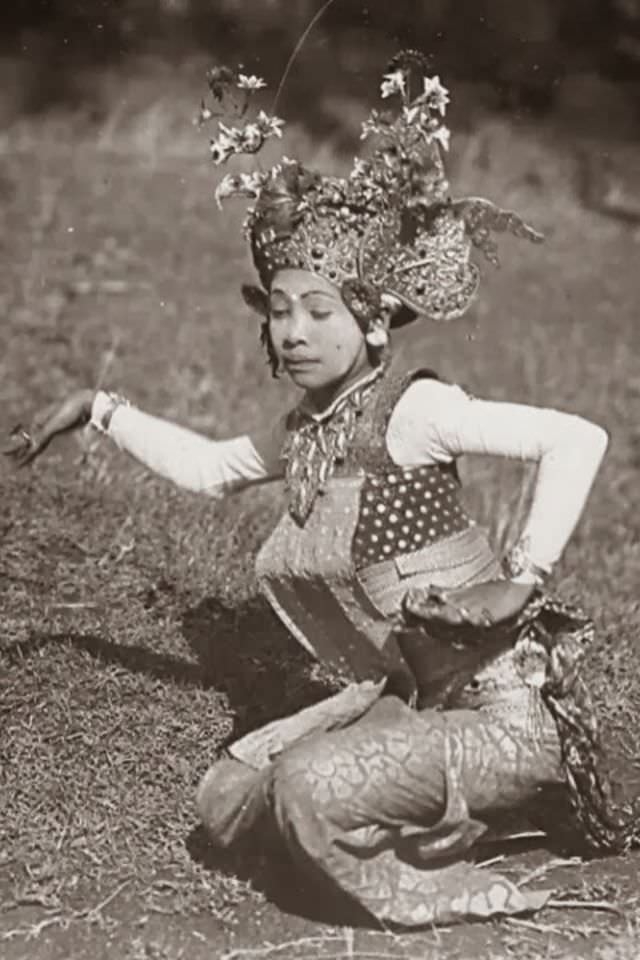Balinese dance is an ancient dance tradition that is part of the Balinese people’s religious and artistic expression. The dance is dynamic, angular, and incredibly expressive. In Balinese dance, the stories are expressed through bodily movements, including pointing fingers, waving hands, and looking into the camera.
Bali has numerous dance forms and styles, but those involving Rangda, the witch, and Barong are particularly noteworthy. The majority of the dances in Bali are related to Hindu or folkloric rituals, including the sacred Sanghyang Dedari dance, which is believed to invoke benevolent Hyang spirits during the performance. Several Balinese dances are not connected with religious rituals. They are created for special occasions or purposes, such as the Baris or Pendet welcoming dances or the Joged dance, a social dance for entertainment.
There are many types of dances in the traditional dance culture of Bali. Throughout Bali’s history, many forms of dance have been influenced by historical events. Before the advent of the Hindu religion and before Bali adopted various dance forms, people danced to ward off evil spirits through dance rituals. Indonesia has a rich history and culture that inspires Balinese dances. The dances are performed throughout Bali and Indonesia. These dances are usually performed at special events, weddings, and anniversaries. The Kacak Dance, Legong Dance, and Barong Dance are popular among visitors.


